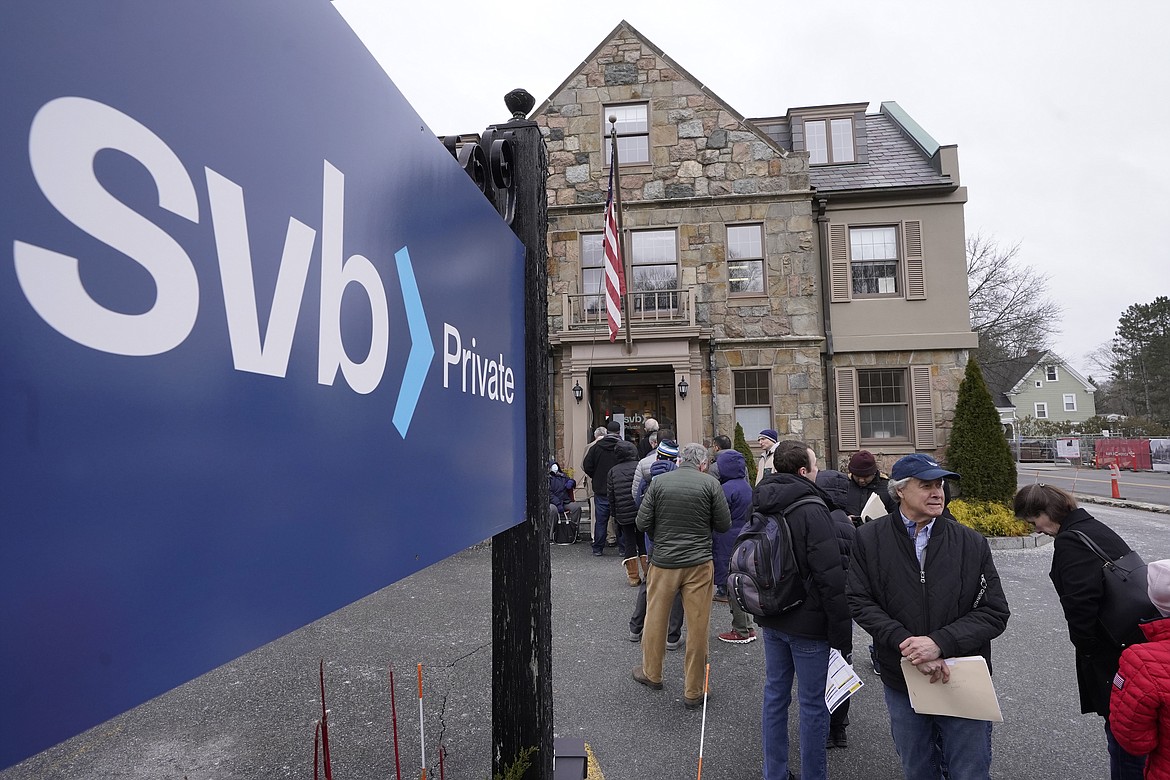Parent company of Silicon Valley Bank files for bankruptcy
The parent company of Silicon Valley Bank filed for Chapter 11 bankruptcy protection Friday, a week after the tech-focused bank failed in a sudden collapse that set off fears of wider problems in the global banking system.
The filing from SVB Financial Group was widely expected, with much of the company now under the control of banking regulators. The bank was seized last week by the federal government.
In other developments, the bank, its CEO and its chief financial officer were targeted in a class action lawsuit that claims the company did not disclose the risks that future interest rate increases would have on its business.
SVB Financial Group is no longer affiliated with Silicon Valley Bank after the bank was taken over by the Federal Deposit Insurance Corporation. The bank's successor, Silicon Valley Bridge Bank, was not included in the Chapter 11 filing.
The bankruptcy filing by SVB Financial Group creates a legal battle over the bank's remaining assets between the creditors of the holding company and regulators who are looking to make depositors whole.
SVB Financial Group believes it has approximately $2.2 billion of liquidity. It also said it has other valuable securities and assets that are being considered for sale.
"The Chapter 11 process will allow SVB Financial Group to preserve value as it evaluates strategic alternatives for its prized businesses and assets," William Kosturos, chief restructuring officer for SVB Financial Group, said in a statement.
Those assets include SVB Capital, the company's venture capital and private credit fund, and SVB Securities, a regulated broker-dealer. Both continue to operate and have sources of funding, the company said.
The Wall Street Journal reported that a group of distressed debt investors — mostly hedge funds — bought the bonds of Silicon Valley Bank's holding company in a bet that that there will be some proceeds for bondholders after the bankruptcy process is completed.
The shuttering of Silicon Valley Bank on March 10 and of New York's Signature Bank two days later revived memories of the financial crisis that plunged the United States into the Great Recession almost 15 years ago.
Determined to restore public confidence in the banking system, the federal government moved last weekend to protect all the banks' deposits, even those that exceeded the FDIC's $250,000 limit per individual account.
During the 2008 crisis, the parent companies of failed banks Washington Mutual and IndyMac also filed for bankruptcy protection in the days after their operations failed.


